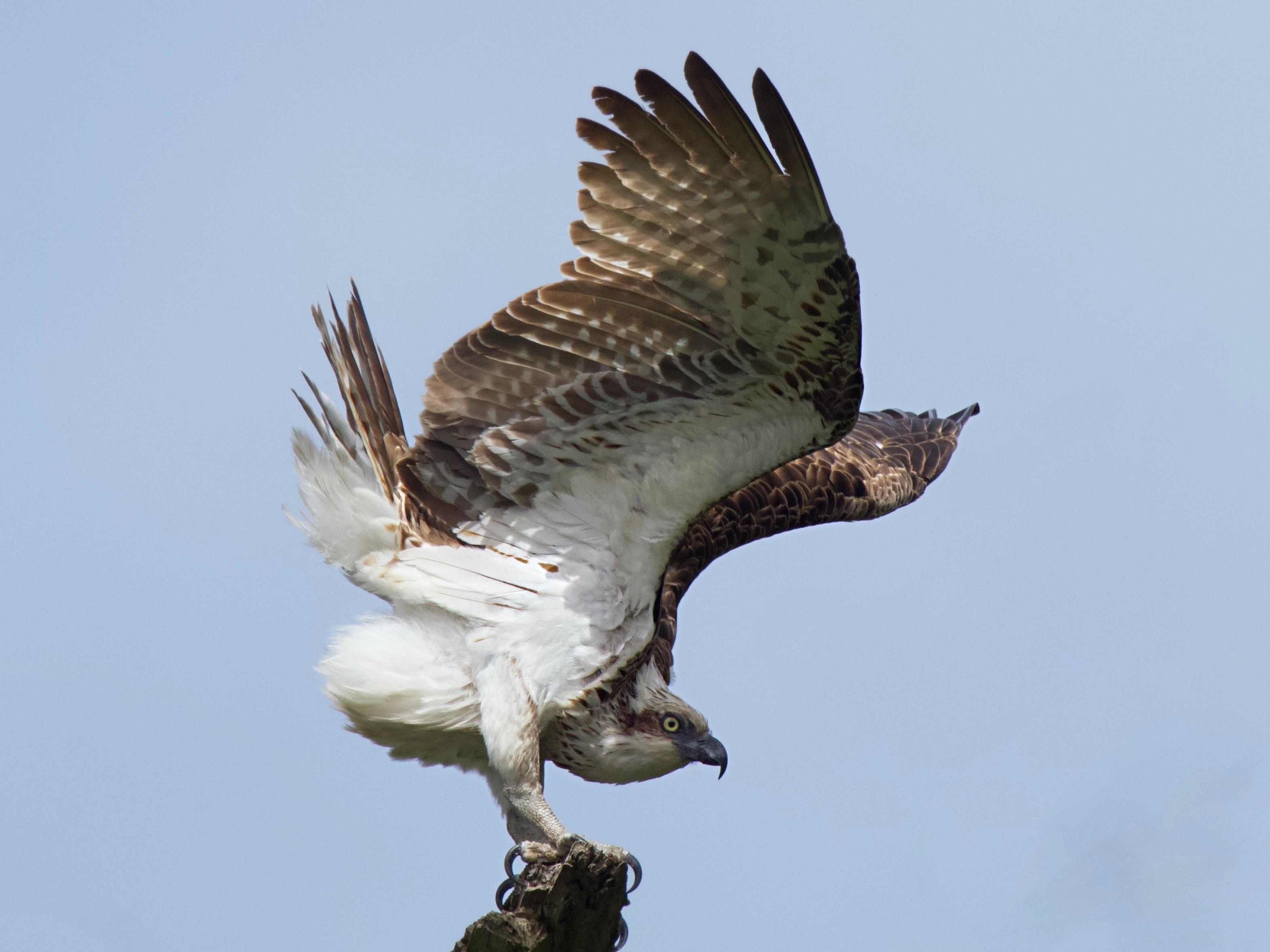Beauty of the hunter
Is there anything more beautiful than a bird of prey? This is a rhetorical question of course, firstly because you’re reading this and can’t really respond and secondly, even I know that you can’t have favourites in the world of wildlife...

Is there anything more beautiful than a bird of prey? This is a rhetorical question of course, firstly because you’re reading this and can’t really respond and secondly, even I know that you can’t have favourites in the world of wildlife. There’s always something new to see or learn about and my passions change with the seasons. Literally. It’s Peacock Spider season and that means my whale obsession has taken a back seat.
Actually, it was while I was out looking for whales a few weeks ago, that I decided to wander around the corner, over the numerous ocean-smoothed pebbles and discarded shells, and to look up into the dead tree. I’d heard a bit about this tree from other whale watchers and really hoped that it was going to offer up to me what it had offered up to others before – an Eastern Osprey.
Now, I’d looked at this tree many times before, as that’s how wildlife watching goes, and had only seen it sheltering a kookaburra and a raven. And when I rounded the corner this time, I admit I felt a little disappointment, seeing the familiar kookaburra-esque creams and browns on the bleached, dead limbs of the tree. But I kept walking because I’m practicing optimism and, after a few more steps and some strategic eye squinting, I discovered the kookaburra was not a kookaburra at all but rather the osprey I’d been hoping for.

Eastern Ospreys are smaller than White-Bellied Sea Eagles, which are often seen in the same locations, but ospreys are still quite a large, majestic-looking bird. The majority of their diet is medium sized fish, which they snatch straight out of the water, after plunging in, talons first. They don’t eat the fish whole but perch with it, yes, sometimes even in the dead tree, but rip it apart by holding it with their talons while pulling bits of flesh away with their beaks.
In NSW, they’re listed as vulnerable, which means that they face a high risk of extinction in the medium term future. These are special birds, and I’m really thankful to have been able to watch this one as it stretched and preened and looked around, ever watching. Other people have sighted them in the Royal National Park, around Shoalhaven Heads, Bass Point Reserve, Lake Illawarra and Port Kembla. Basically, if there’s a body of water, there might be an Osprey.
They tend to breed in the same location, and repeatedly use the same nest, just adding sticks and twigs to it. So, if you see a huge nest, which can get up to two metres deep due to this behaviour of adding material each year, high in a tree or even atop of a structure like a radio tower, you might want to keep an eye on it. Come July through to September you might get to see more than one of these incredible birds.
Love nature news? Sign up for Wednesday newsletters





